

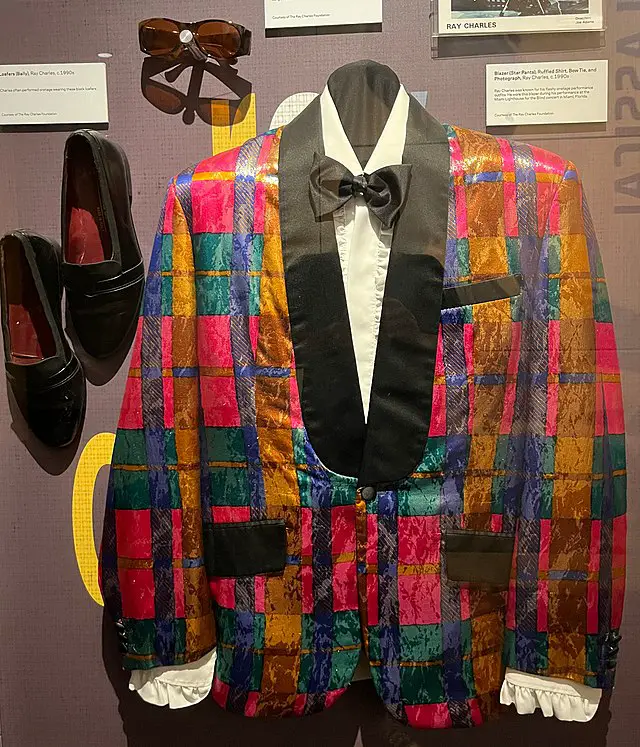
The Grammy Museum L.A. Live is an engaging, educational venue devoted to the background and award recipients of the Grammy Awards. In addition to a collection of historical musical relics like handwritten lyrics, albums, and audio/video recordings, the museum features interactive touch screens, movies, recording booths, and Grammy Award costumes and instruments. The Grammy Museum Mississippi is located in Cleveland, Mississippi, in addition to the original in downtown Los Angeles. In Nashville, Tennessee, there is a Grammy Museum at the Musicians Hall of Fame. At the Prudential Center in Newark, New Jersey, The Grammy Museum Experience debuted in the fall of 2017. These displays will amuse you if only for the utilisation of the cutting-edge video and audio technology, regardless of whether you are a die-hard music enthusiast or someone who enjoys music for the beat you can dance to. You take an elevator from the lobby to the fourth story, where your GRAMMY experience starts in a foyer surrounded with enormous flat-screen displays that immerse you in the sights and sounds of previous GRAMMY performances.
The primary exhibit area is beyond this entrance, and it includes Crossroads, a lengthy multi-touch table that allows you to explore different musical genres with the pokes and flicks of your fingertips. Nearby, there are booths devoted to various musical traditions, each with videos and displays of priceless artefacts connected to it. Take the escalator down to the third floor for a close-up look at the engineers, producers, studio musicians, and other unsung heroes of the business. In the Studio delineates the function of sound engineers, and Revolutions of Recorded Sound introduces you to technological developments in recording production. Using a touch screen, you can even apply your own technical flair to a piece of music. Additionally, you’ll discover all there is to know about that oh-so-desired small gilded gramophone trophy, including its origins and the selection procedure. Impressive temporary exhibits may be found on the second floor, where the Clive Davis Theater takes you inside the making of a GRAMMY Awards Show. By bus, subway, or train, you can get to the Grammy Museum at L.A. Live.
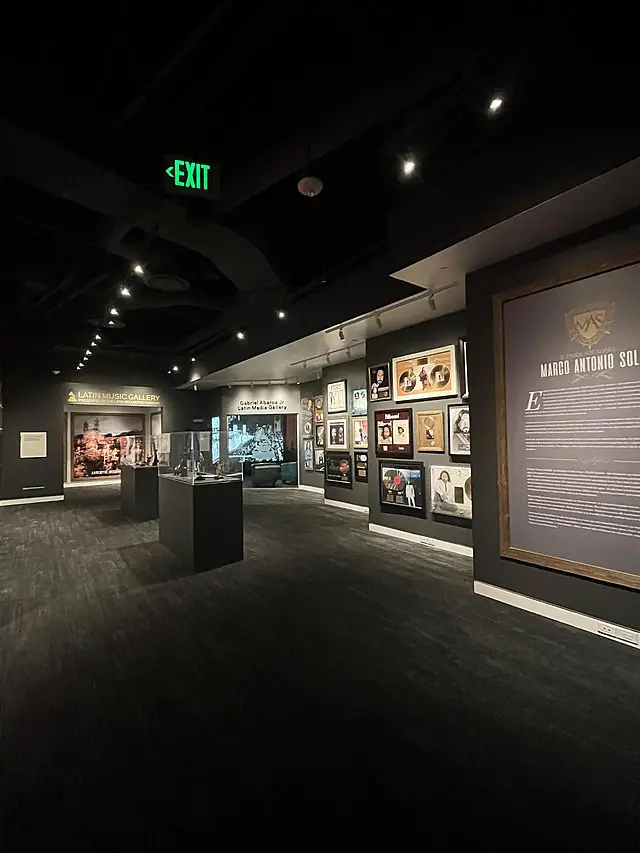
The El Capitan Theatre, which is located across Hollywood Boulevard from the renowned Grauman’s Chinese Theatre, was constructed as a legitimate theatre by local Hollywood real estate tycoon Charles Edward Toberman. It debuted in 1926. Octavius Morgan, J.A. Walls, and Stiles O. Clements, architects, created the spectacular office structure that faces the theatre on Hollywood Boulevard in a Spanish Baroque style. Originally, this area of the building housed Barker Brothers Furniture on the first and second floors, with offices above, and was topped by a massive metal sky sign displaying the name of the theatre. The theatre’s interior was designed by architect G. Albert Lansburgh in the sumptuous East Indian Revival style. With a stage box on either side of the 49 feet wide proscenium, there was seating for 1,435 people in the orchestra and balcony levels. There were seven dressing rooms, a full-sized orchestra pit, and a stage that was 81 feet wide and 33 feet deep. Stars including Will Rogers, Clark Gable, Fanny Brice, Buster Keaton, Jackie Cooper, and Henry Fonda appeared at the El Capitan Theatre during its thriving run as a live theatre from its opening until 1937. On its stage, comedies and dramas starring Rita Hayworth and Joan Fontaine will be performed. The El Capitan Theatre was converted into a movie theatre in 1937, and on May 9, 1941, it showed the world premiere of Orson Welles’ “Citizen Kane.” After this, it changed its name to Hollywood Paramount Theatre and was put under the control of Fanchon & Marco. The theatre underwent a total makeover in 1942, and the original decorations were completely covered up by a new interior that was built over them.
With Cecil B. DeMille’s “Reap the Wild Wind,” the Hollywood Paramount Theatre debuted, and for many years, it was considered a “premier” venue. By 1950, Cabart Theaters Corp. was in charge of running it. Loew’s began running it as Loew’s Hollywood Theatre on April 11, 1968. On July 12, 1972, General Cinema gained over, and Hollywood Cinema was the new name. They were followed on December 19, 1973, by Century Cinema Circuit, who reinstated the Paramount Theatre brand. SRO took control of it in 1976. The Paramount Theatre was shuttered in 1989 after Pacific Theatres took control in late 1983, by which time it had become a general release theatre. On June 18, 1991, it reopened as El Capitan Theatre and featured the world premiere of Disney’s “The Rocketeer” in addition to a stage production.
Currently, there are 998 seats available. The superb Wurlitzer “Fox Special” 4 manual 37 rank theatre organ, originally installed in the sadly gone Fox Theatre, was restored in 1999. Every significant animated film from Walt Disney Pictures Animation makes its world premiere here, replete with a live stage production and more. The cinema was the first in the nation to introduce an online movie ticketing and printing technology. A Historic-Cultural Monument designation has been given to the El Capitan Theatre. El Capitan Theatre may be reached via bus or subway. The routes and lines close stops.
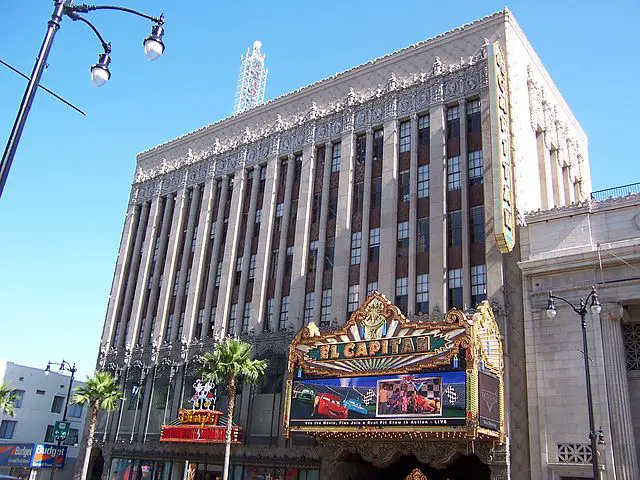

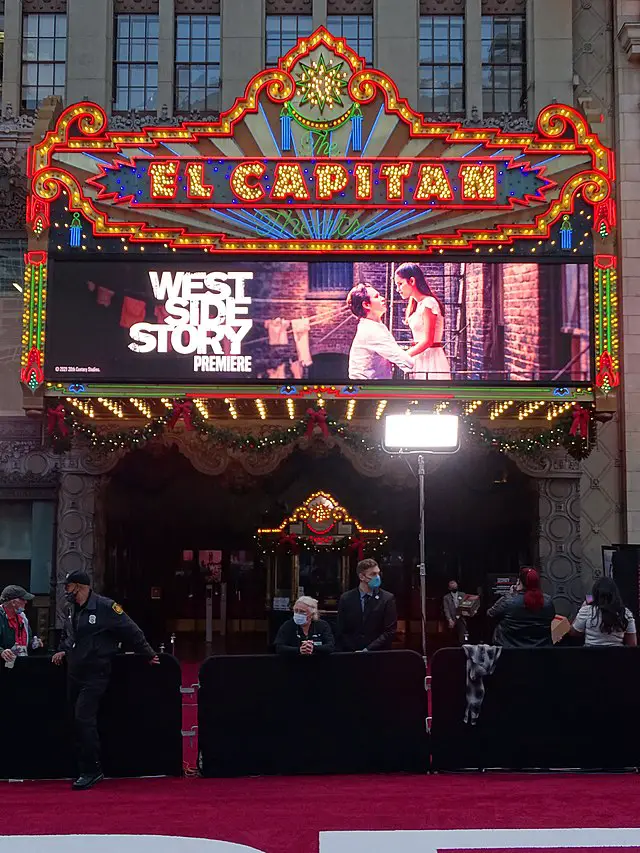
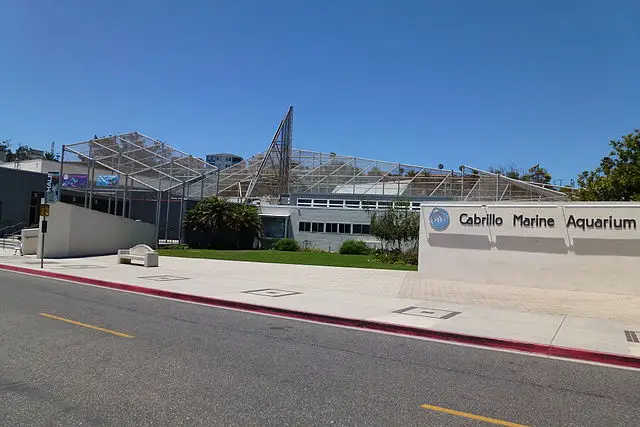
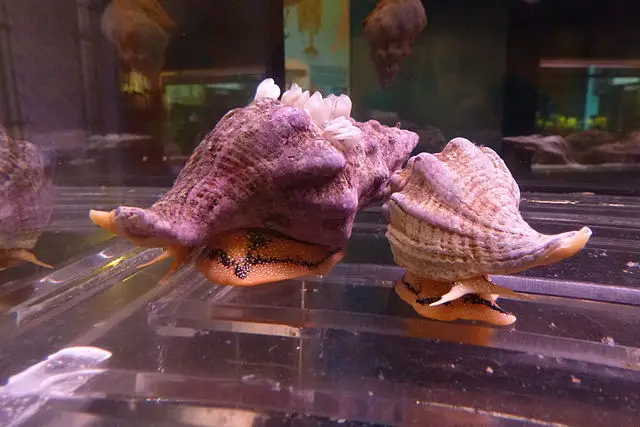

The Cabrillo Marine Aquarium is an educational and research facility which provides rich and varied opportunities to see and learn about the fascinating marine environment of southern California. With multiple aquariums, touch tanks, and fascinating exhibits of local marine life and displays that tell the history of California’s gray whales, visitors get close-up view of the amazing underwater world. You won’t want to miss the grunion come on shore to spawn by the light of a new or full moon. Experience one of mother natures unique events as the females are washed ashore, half bury themselves in the sand tale first and wait for the next wave to bring the males to them, then they make a mad dash back to the ocean. The aquarium is operated by the City of Los Angeles Department of Recreation and Parks.
The aquarium began in 1935 as a collection of marine specimens stored in the Cabrillo Beach Bathhouse. In 1949, John Olguin, captain of the Cabrillo Beach lifeguards, was appointed director of the museum. He popularized the aquarium by giving impromptu tours to visiting school groups as well as starting the popular evening program of viewing and learning about the bizarre grunion mating practices on the beach. On October 21, 1981, the new $3 million, Frank Gehry-designed museum opened and the old museum closed. Throughout the 1990s, the museum experienced significant growth and its name was changed from Cabrillo Marine Museum to the Cabrillo Marine Aquarium to highlight its living collections. It expanded its public programs sector and added an Ocean Outreach Education program, a discovery lab, and a child volunteer program named Sea Rangers. They also created a non-profit, called the Friends of the Cabrillo Marine Aquarium, to assist in funding. In 2004, the facility expanded with an Exploration Center, the S. Mark Taper Foundation Courtyard, an Aquatic Nursery research lab and the Virginia Reed Moore Research Library. In October 2010, it celebrated its 75-year anniversary. Cabrillo Marine Aquarium is open Wednesday through Sunday from 12 to 5 pm. This excludes holidays or days when there are events going on.
